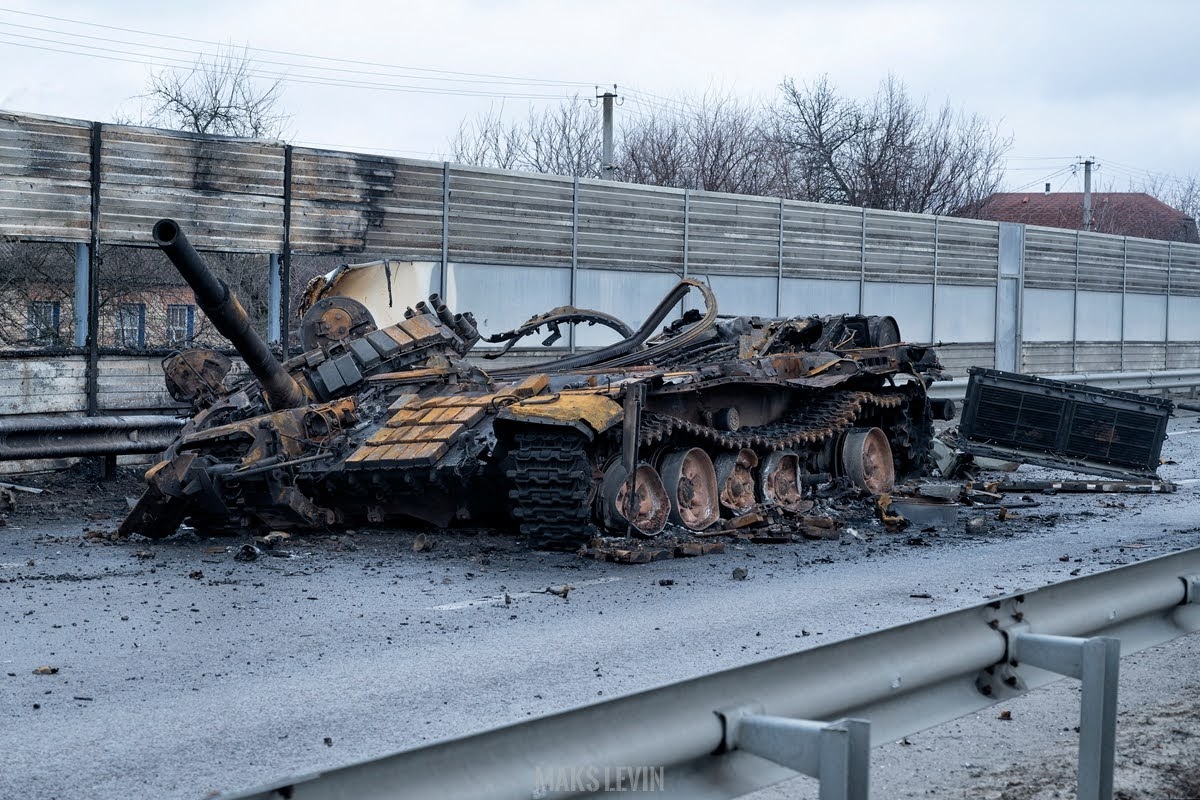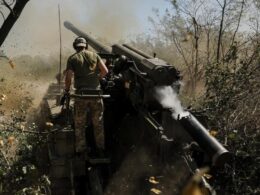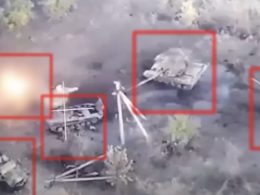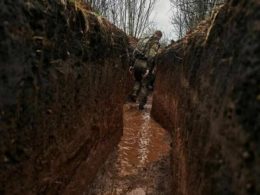Russia's pre-war tank potential
Russian all-out war against Ukraine requires a massive amount of resources, from artillery systems and ammunition to armored vehicles and tanks. Russia is unable to produce enough military equipment to keep up with the high intensity of the attritional war against Ukraine. Thus, to compensate for heavy losses on the battlefield, Russia must remove Soviet-era equipment from storage bases. However, even enormous Soviet stockpiles of armor are not infinite. According to Ukraine's General Staff, since the beginning of the full-scale Russian invasion of Ukraine in February 2022, Russia has lost over 5,000 tanks (as of 27 October 2023). With such a high level of losses, Russia may have less than 2,000 tanks left by the end of next year, according to the most conservative estimates. In September 2023, the Institute Action Resilience (IAR), the French research institution, published a report on the armored potential of the Russian army. According to the IAR's estimates, as of February 2022, the Russian army had 7,000 tanks of all types in storage bases, with Soviet-era T-72 main battle tanks (of all modifications) predominating. The IAR's estimates are confirmed by satellite imagery of all 22 tank storage bases in Russia (taken between April and November 2021 and February 2022). Such data refuted the estimates of the International Institute for Strategic Studies (IISS), according to which Russia could have up to 17,500 tanks in reserve before the full-scale Russian invasion began on 24 February 2022. According to the IAR, the Russian army could have over 17,000 tanks at its disposal only if Russia had inherited all the tanks from the Soviet Union (USSR), which is not the case. After the collapse of the USSR, the Kazakh, Belarusian, and Ukrainian armies have inherited a significant number of Soviet tanks, according to the IAR's estimates. Therefore, for a more accurate assessment, the IAR relied on satellite images to determine how many tanks Russia may have. The IAR's experts subtracted tanks with turrets or other structural elements being dismantled. Such tanks can hardly be restored. According to IAR, out of 7,000 tanks stationed at 22 storage bases all over Russia, over 5,000 tanks were stored in ten storage bases.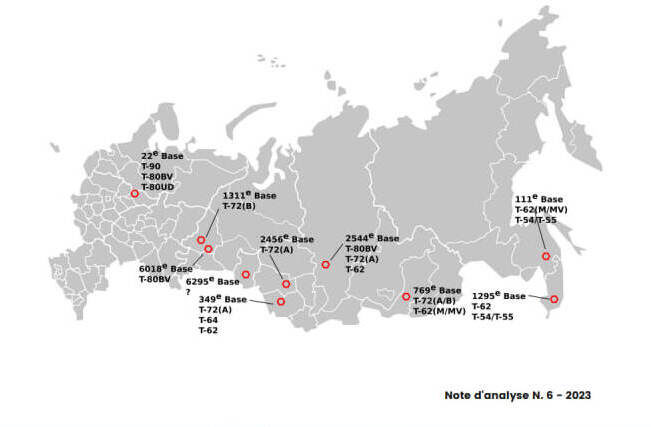
Map by IAR.
Depletion of Russian tank reserves
The Russian army is running out of tanks rapidly due to heavy losses in Ukraine. According to the Military Balance, Russia had about 3,000 T-80 main battle tanks in storage as of 2021, a year before the full-scale invasion of Ukraine began. Along with the T-72 tanks, the T-80s are the most widespread main battle tanks used by the Russian army during the all-out war against Ukraine.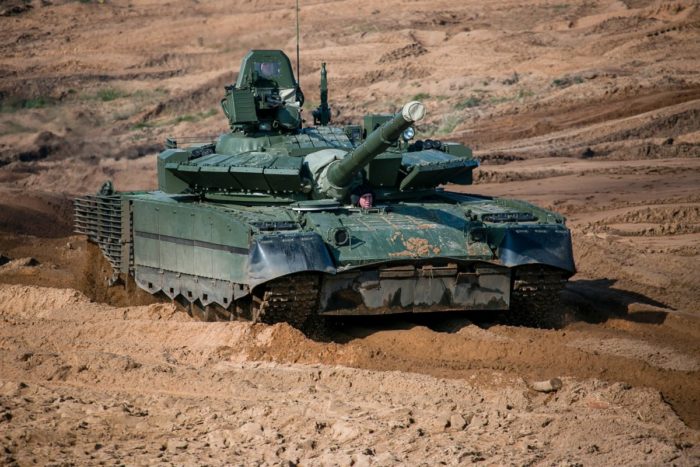
Credit: mil.ru
- the 22nd storage base;
- the 111th storage base;
- military base no. 6018
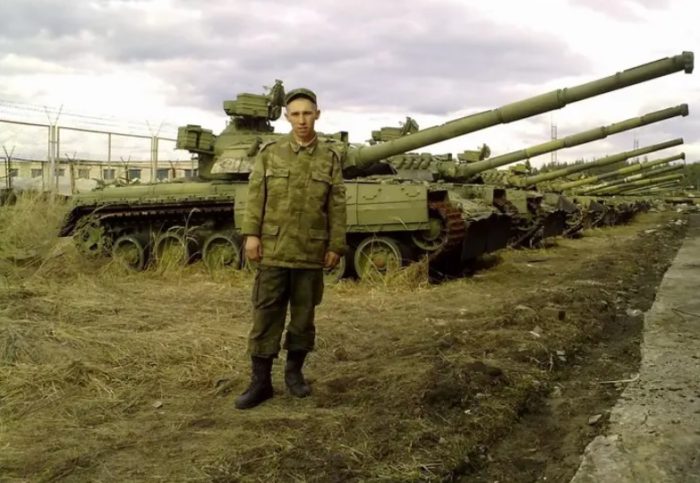
Credit: Viyskovyi Vishchun.
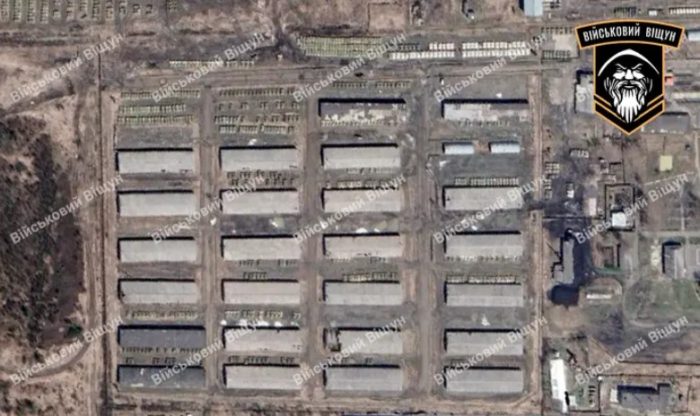
Credit: Viyskovyi Vishchun.
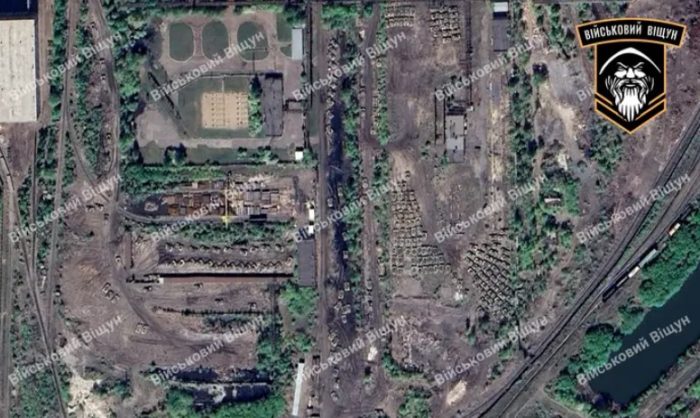
Credit: Viyskovyi Vishchun.
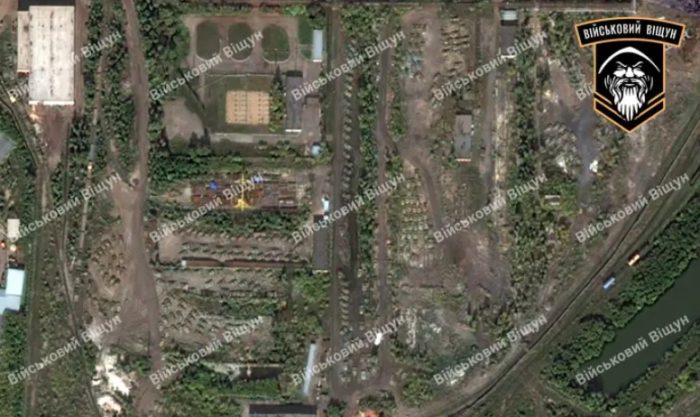
Credit: Viyskovyi Vishchun.
Russia is ramping up production of main battle tanks but lags behind the losses the Russian army sustains on the battlefield in Ukraine. According to the Director of the Ukrainian Center for Army, Conversion and Disarmament Studies, Valentyn Badrak, Russia can produce about 150 new tanks a year. The production of modern versions of Russian tanks, such as the T-90 Proryv (Breakthrough) main battle tanks, relies heavily on Western-made components that Russia has been illegally importing to circumvent sanctions imposed on its defense industry since the start of the full-scale invasion of Ukraine. The scale of this production can hardly reach the pre-war level. Thus, the day that Russia runs out of Soviet armored vehicles and tanks could become the day that Russia's war against Ukraine is suspended. In that case, Russia will have to replenish its losses to be able to launch a new round of invasion. Either way, that day is not coming anytime soon. Related:Russia's estimated losses in Ukraine as of day 611 of its all-out war, according to the Ukrainian Army's General Staff. pic.twitter.com/4BO76nlKiF
— Euromaidan Press (@EuromaidanPress) October 27, 2023
- Ukraine develops new kamikaze robot to destroy Russian tanks
- ISW: Avdiivka losses create long-term crisis for Russian military
- General Staff: Ukrainian forces repel Russian offensive near Andriivka and Verbove, retaining control

